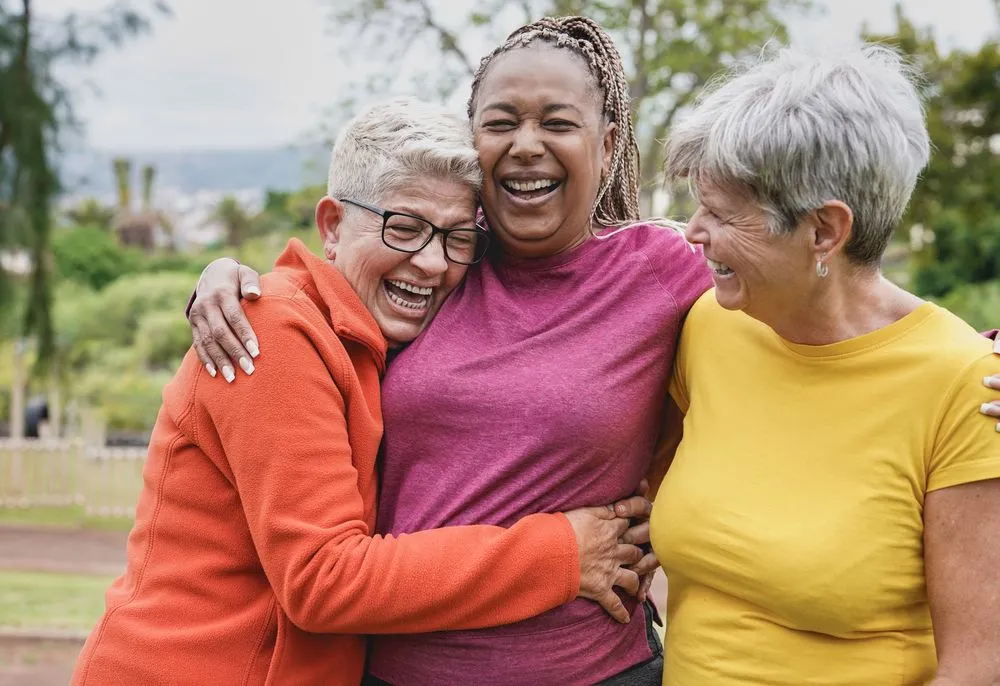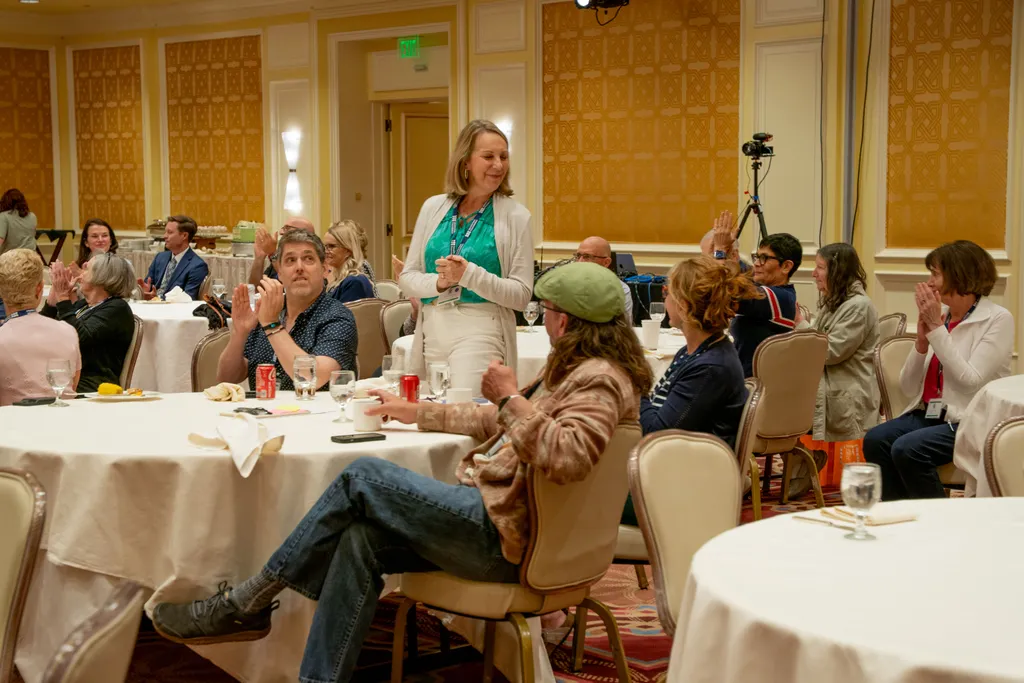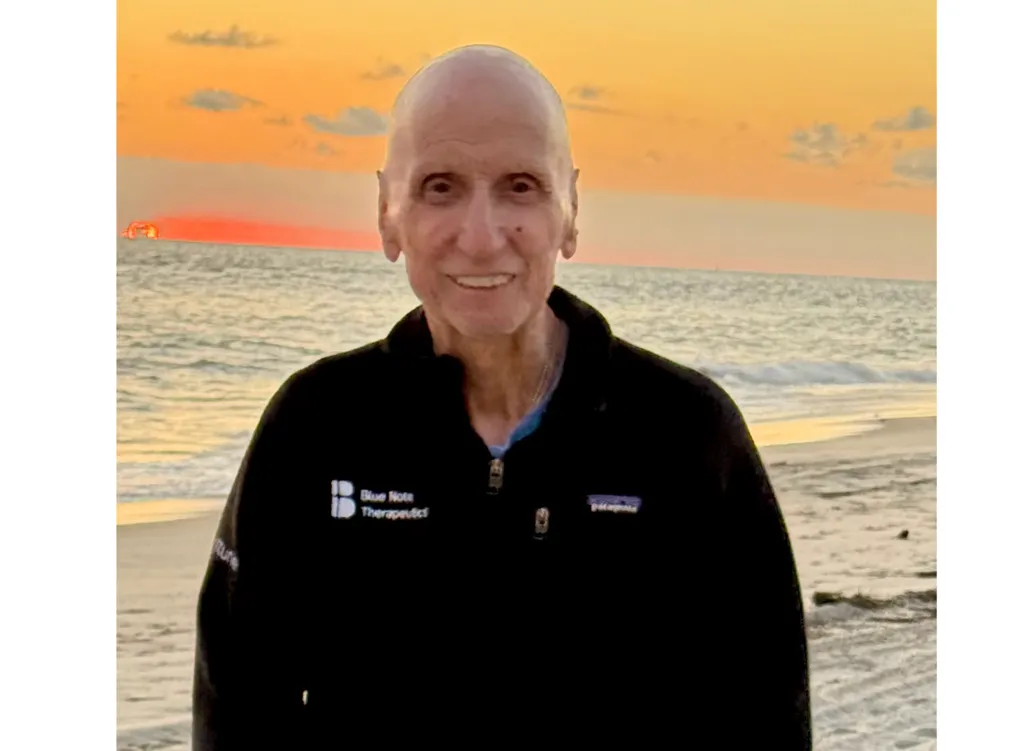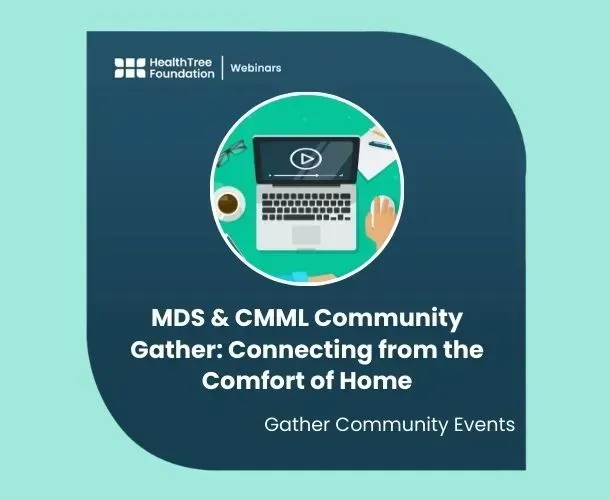What is Real-World Data?

This April, HealthTree Foundation is focused on bringing awareness to real-world data research and how our AML community can participate in this type of research to accelerate cures and improve the quality of life for AML patients and their loved ones.
What is Real-World Data?
Real-world data (RWD) is aggregated data that represents patient experiences. This can include patient data such as labs, genetics, prior therapies, patient outcomes, side effects experienced, etc.
Real-world data can be gathered in place of a clinical trial or after a clinical trial has been conducted to see if the outcomes in clinical trials match the experiences in the "real world."
Studies using real-world data can be retrospective, meaning that the investigators study data that has previously been collected by the FDA or the drug company. In many cases, investigators conduct retroactive research themselves. They look back to see what has happened to patients taking a certain treatment outside of a clinical trial. They can also investigate how patients who participated in a clinical trial are doing now that the trial has ended.
Real-world data can also be prospective, meaning that new trials can be run to identify patient experiences moving forward.
Real-world data can also include surveys submitted to patients to understand their experiences.
How is Real-World Data Helpful to AML Research?
Real-world investigations analyze much higher numbers of people than clinical trials are able to include. The higher the number of people analyzed, the more accurate the data and responses of said people will be when considering reactions, results, side effect profiles, etc. There is power in numbers when it comes to real-world data and understanding how therapies are affecting the AML patient population.
Studies can also include people from rural areas, community clinics, older or frailer patients, and patients who, for whatever reason, cannot participate in clinical trials. These aren't just patients in an urban city with access to transportation who are being seen at an academic center (although real-world data can provide larger subsets of these patients as well). This provides a more accurate representation of how all AML patients are responding to certain therapies and treatments.
What is Needed to Conduct Real-World Data Research in AML?
Jay Hydren, PhD, and Senior Director of Clinical Research at the HealthTree Foundation, shares that research requires three parts: expertise, patient participation, and money. All three can be hard to come by!
HealthTree Foundation is planning to facilitate real-world data studies with investigators across the world to accelerate research using the three elements above.
- Expertise: HealthTree Foundation will invite hematology investigators across the globe to submit their research ideas. Researchers can perform data mining, chart reviews, synthetic control arm comparisons, or surveys and studies on the anonymized data within our system.
- Patient Participation: Our system consists of the 14,000+ patient records that have been submitted securely and anonymously to accelerate research. These patients have agreed to easily connect their medical records and allow researchers to view their data anonymously. We value the privacy and security of each of our patients and encourage you to connect your records to HealthTree Cure Hub today so that we can give researchers more accurate data for their real-world data and contributions.
- Money: HealthTree Foundation plans to fundraise in order to fund this groundbreaking research that will accelerate research and cures.
Action Steps for Patients and Their Loved Ones: How to Get Involved
We invite you to participate in AML research as or on behalf of an AML patient by completing one of the following:
- Connect your medical records to our database in HealthTree Cure Hub today. It's quick and easy, and you can share your records with confidence that your personal information will be kept private. All information shared with researchers is anonymized. We value your privacy and your security.
- Stay tuned to our News Website. Our goal this month is to help you become aware of research opportunities. We will publish articles regularly with action steps on how to participate and allow others to do the same.
- Participate in surveys and studies within HealthTree Cure Hub. This can take 3-5 minutes of your time and influence the way that healthcare providers are treating AML patients. Join HealthTree Cure Hub and start participating today.
- Share this article with those in your AML circle! The more people that know about and participate in real world data research, the closer we are to better outcomes for AML patients!
This April, HealthTree Foundation is focused on bringing awareness to real-world data research and how our AML community can participate in this type of research to accelerate cures and improve the quality of life for AML patients and their loved ones.
What is Real-World Data?
Real-world data (RWD) is aggregated data that represents patient experiences. This can include patient data such as labs, genetics, prior therapies, patient outcomes, side effects experienced, etc.
Real-world data can be gathered in place of a clinical trial or after a clinical trial has been conducted to see if the outcomes in clinical trials match the experiences in the "real world."
Studies using real-world data can be retrospective, meaning that the investigators study data that has previously been collected by the FDA or the drug company. In many cases, investigators conduct retroactive research themselves. They look back to see what has happened to patients taking a certain treatment outside of a clinical trial. They can also investigate how patients who participated in a clinical trial are doing now that the trial has ended.
Real-world data can also be prospective, meaning that new trials can be run to identify patient experiences moving forward.
Real-world data can also include surveys submitted to patients to understand their experiences.
How is Real-World Data Helpful to AML Research?
Real-world investigations analyze much higher numbers of people than clinical trials are able to include. The higher the number of people analyzed, the more accurate the data and responses of said people will be when considering reactions, results, side effect profiles, etc. There is power in numbers when it comes to real-world data and understanding how therapies are affecting the AML patient population.
Studies can also include people from rural areas, community clinics, older or frailer patients, and patients who, for whatever reason, cannot participate in clinical trials. These aren't just patients in an urban city with access to transportation who are being seen at an academic center (although real-world data can provide larger subsets of these patients as well). This provides a more accurate representation of how all AML patients are responding to certain therapies and treatments.
What is Needed to Conduct Real-World Data Research in AML?
Jay Hydren, PhD, and Senior Director of Clinical Research at the HealthTree Foundation, shares that research requires three parts: expertise, patient participation, and money. All three can be hard to come by!
HealthTree Foundation is planning to facilitate real-world data studies with investigators across the world to accelerate research using the three elements above.
- Expertise: HealthTree Foundation will invite hematology investigators across the globe to submit their research ideas. Researchers can perform data mining, chart reviews, synthetic control arm comparisons, or surveys and studies on the anonymized data within our system.
- Patient Participation: Our system consists of the 14,000+ patient records that have been submitted securely and anonymously to accelerate research. These patients have agreed to easily connect their medical records and allow researchers to view their data anonymously. We value the privacy and security of each of our patients and encourage you to connect your records to HealthTree Cure Hub today so that we can give researchers more accurate data for their real-world data and contributions.
- Money: HealthTree Foundation plans to fundraise in order to fund this groundbreaking research that will accelerate research and cures.
Action Steps for Patients and Their Loved Ones: How to Get Involved
We invite you to participate in AML research as or on behalf of an AML patient by completing one of the following:
- Connect your medical records to our database in HealthTree Cure Hub today. It's quick and easy, and you can share your records with confidence that your personal information will be kept private. All information shared with researchers is anonymized. We value your privacy and your security.
- Stay tuned to our News Website. Our goal this month is to help you become aware of research opportunities. We will publish articles regularly with action steps on how to participate and allow others to do the same.
- Participate in surveys and studies within HealthTree Cure Hub. This can take 3-5 minutes of your time and influence the way that healthcare providers are treating AML patients. Join HealthTree Cure Hub and start participating today.
- Share this article with those in your AML circle! The more people that know about and participate in real world data research, the closer we are to better outcomes for AML patients!

about the author
Audrey Burton-Bethke
Audrey is a content writer and editor for the HealthTree Foundation. She originally joined the HealthTree Foundation in 2020. Audrey loves spending time with her supportive husband, energetic four-year-old, and new baby.
More on HealthTree Programs
Trending Articles

Get the Latest Acute Myeloid Leukemia Updates, Delivered to You.
By subscribing to the HealthTree newsletter, you'll receive the latest research, treatment updates, and expert insights to help you navigate your health.
Together we care.
Together we cure.
3x Faster.












